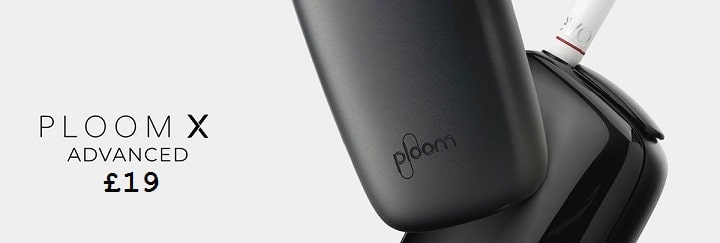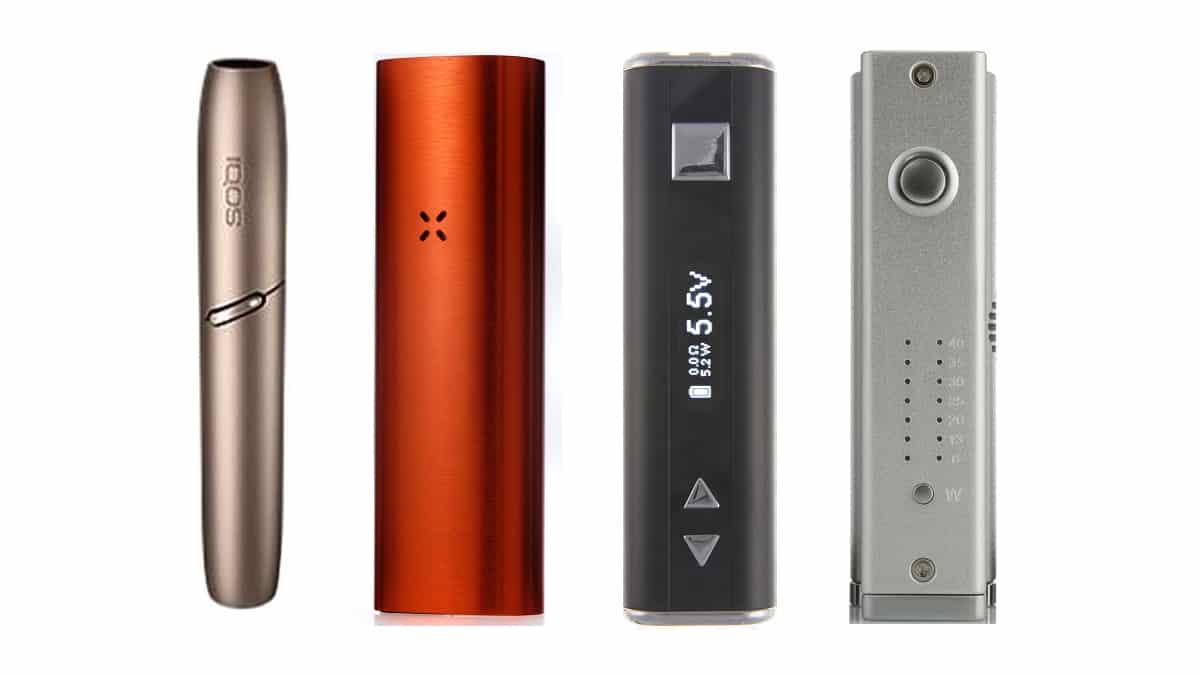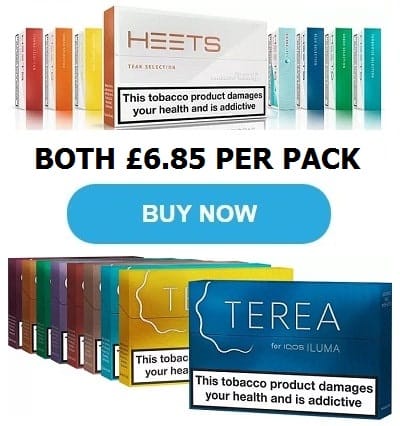
I’m a freelance writer, and I love e-cigarettes. Since I switched to vaping my desk isn’t cluttered with smelly ashtrays anymore, and I don’t have to brush ash off my keyboard twice a day. I spend most of the day at my PC, so I can keep a charger on the desk for my batteries and there’s a nice long USB cable for pass-through mods. The top shelf in one side of the desk holds an assortment of e-liquids; in my job, vaping works perfectly.
On the other hand, before I became a writer I spent years in the British Army. Like many soldiers I smoked, and I remember a lot of early mornings happily puffing away in some cold, wet forest. No matter how soaked, frozen and miserable you get, a cigarette is a reliable way to inject some very welcome morale into your life.
The thing about cigarettes, of course, is that they couldn’t be simpler. You take one out the pack, stick the brown bit in your mouth and set fire to the other end. Unless you’ve let them get soaked, or you’ve sat on the packet and squashed them (a waterproof tobacco tin will avoid both these issues) they’re guaranteed to work.
War is hell – for e-cigs
But how is an e-cigarette going to cope with the hardships of a soldier’s life? All the liquid is probably going to leak out, turning the contents of your pocket into a slippery mess. The tank’s probably going to get broken the first time you trip over a stump in the darkness and fall flat on your face. The ability of most box mods to survive being soaked with rainwater is pretty dubious. Worst of all, your batteries aren’t going to last forever and there won’t be any USB ports in the tree you’re living under. E-cigarettes are great as long as you’re surrounded by civilisation, but they’re not going to work out in the field.
It isn’t just soldiers, either. What if your workplace is the deck of a trawler? The first wave that knocks you down, and leaves you flailing around in a pool of seawater and fish guts, is going to destroy every electronic device in your pockets. Let’s not even start thinking about rebuilding a coil in a cramped cabin that’s rolling through sixty degrees.
So it’s pretty obvious that there are some people who e-cigarettes just aren’t going to work for. But does that mean they’re doomed to a lifetime of smoking? Not so fast. There’s probably a heat not burn product that’s going to work just fine.
What’s the solution?
Last month I visited Philip Morris International’s research facility at Neuchatel in Switzerland, where they’re making the Heets that feed their iQOS heated tobacco device as well as working on the next generation of HnB technology. It was a very interesting visit – I’ve already discussed their latest research on safety – and left me feeling very optimistic about the future of heated tobacco products. There were some lively discussions, too, and during one of these I explained that I’d been a soldier for a long time and, based on my experiences, I didn’t think iQOS was going to be much use in the field. The PMI rep didn’t even blink. “We know,” she said. “That’s why we’re working on three other products.”
One of those products is the Mesh e-cigarette, which is already on the market. I have one, and it’s pretty good; the Mesh is an extremely simple and fairly sturdy gadget, and its disposable cartridges are more compact and probably a lot tougher than cigarettes, but if you’re doing hard work outdoors in bad weather it has the same drawbacks as any other e-cig; it isn’t very waterproof, and it needs charged a couple of times a day. Then there’s a completely different product in the development pipeline that isn’t HnB, but isn’t an e-cig either; it uses a chemical reaction to create a nicotine-containing vapour. The interesting thing about this is that it doesn’t need any batteries, so it might be a good solution for people who don’t have regular access to a charger; that depends on how robust it is, and I can’t comment on that because I haven’t seen one yet.
That’s three of PMI’s Smokefree nicotine products. The fourth one is a heat not burn product that uses the same concept as RJ Reynolds’s Revo. It’s a disposable item that contains a stick of processed tobacco and a charcoal pellet that provides the heat. All you have to do is light the pellet and puff away.
Revo isn’t really a new product; it’s basically a rebranded version of the 1990s Eclipse, which was a complete flop. Reynolds relaunched it under the new name because they decided the market had moved enough to make it viable this time around, but it’s still basically the same thing. I’m not very familiar with it but I do have some doubts about how effective it is.
So far, at least, those doubts don’t apply to the PMI product, which the company are currently calling Platform 2. It works on the same principle as the Revo, but it’s a completely new design. That gives PMI a chance to iron out any bugs, and hopefully come up with something that delivers a consistent vape with no risk of accidentally burning the tobacco.
Keeping it simple
The benefits of this sort of design are obvious. If you can manage to smoke, you can use a HnB product like Revo or Platform 2. It works exactly like a cigarette; you just have to take it out the pack, put it in your mouth and light it. There’s nothing fiddly to play with, it doesn’t need electricity and it’s no more vulnerable to the weather than a cigarette. In fact it’s probably less likely to get damaged by water; Revo has a metal foil tube to hold the tobacco, which is a lot more waterproof than cigarette paper.
A lot of smokers have switched to vaping – probably over ten million by now – but it’s not going to work for everyone. Improved technology will eventually increase battery life and make the hardware easier to use and more robust, but it’s not likely e-cigarettes will ever be as simple as a traditional cigarette. Heat not burn has the potential to solve that problem, because the basic principle – get some tobacco and heat it – is a lot more flexible. Inside a few years there will be heated tobacco products that anyone can use, no matter how tough their job is.












I have an IQOS and like it quite a bit. I also have the BAT equivalent, the ‘Glo’. These are both great devices but not very useful when one is out camping or away from ready access to a power plug or in inclement weather. I’ll be looking forward to trying PMI’s other heat not burn product.
Out of curiosity how does iQos compare to glo?
Where did you buy glo?
> I explained that I’d been a soldier for a long time and, based on my experiences, I didn’t think iQOS was going to be much use in the field. The PMI rep didn’t even blink. “We know,” she said. “That’s why we’re working on three other products.”
I’d heard that PMI only intended to market the charcoal warmed HnB product in countries with an unreliable electricity supply, which disappointed me. It’s encouraging to hear they may be softening / have abandoned that position, as they realize such a product has wide ranging utility.
Can’t wait to see (& try) the finished product.